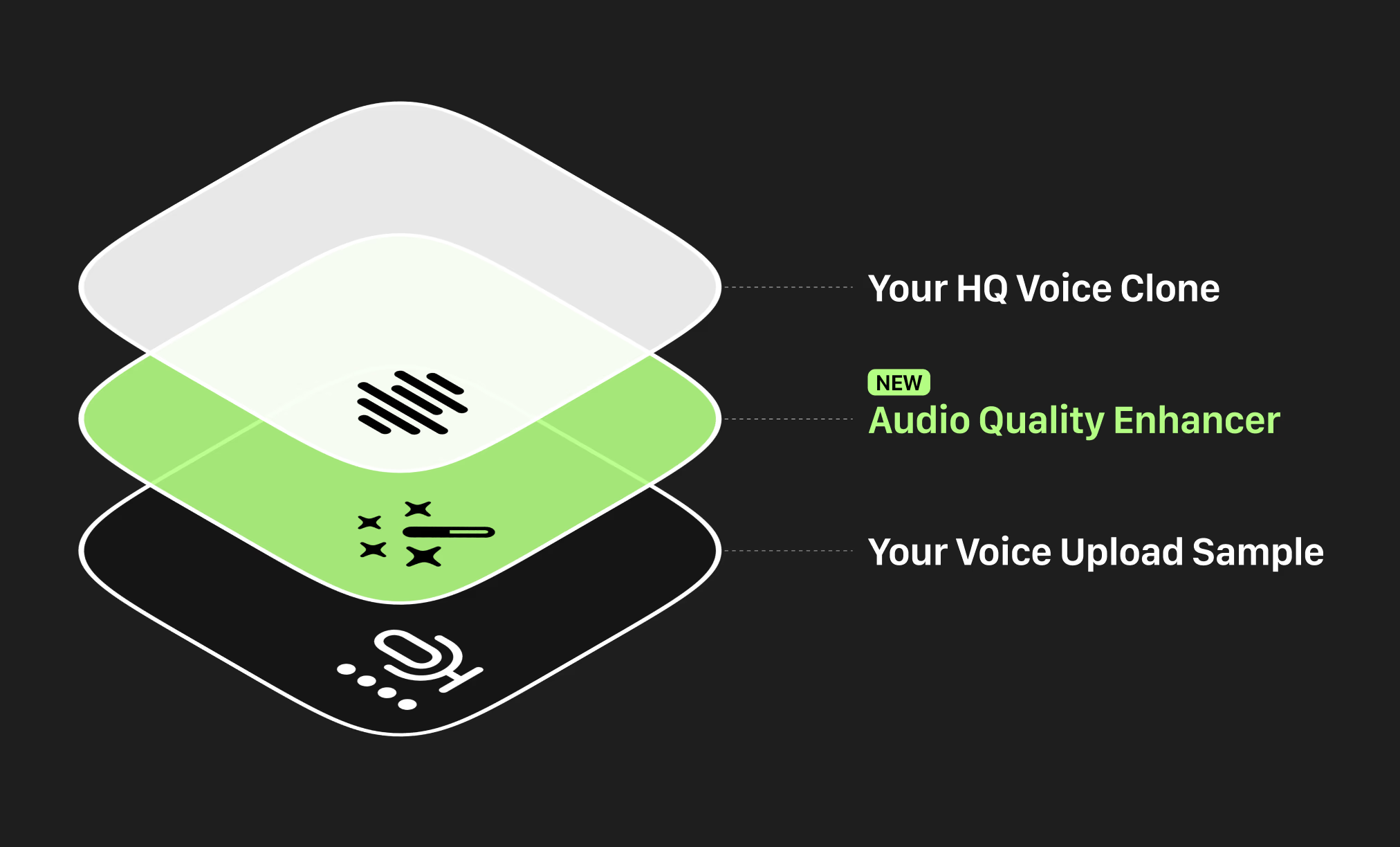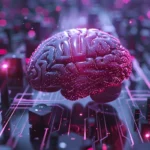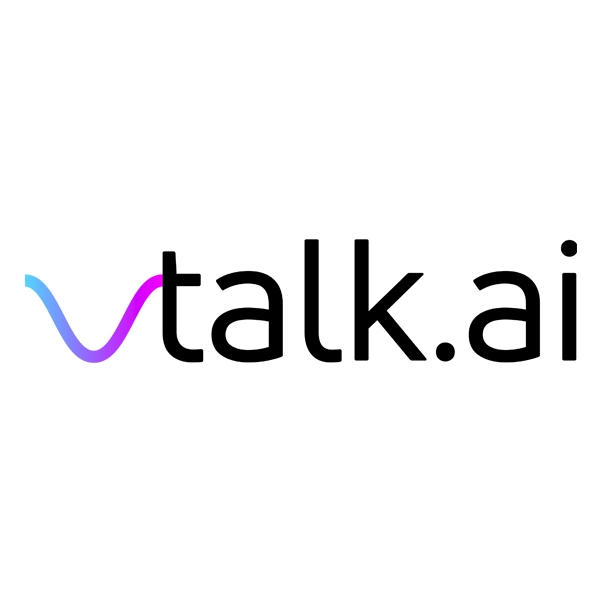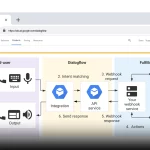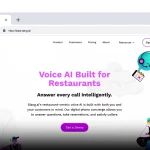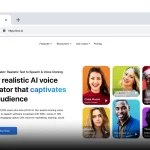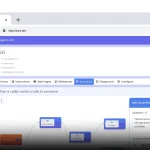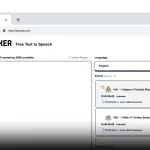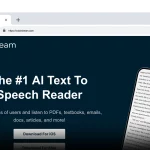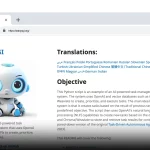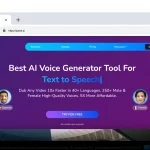AI Agents vs AI Assistants Learn everything about AI agents vs AI assistants.
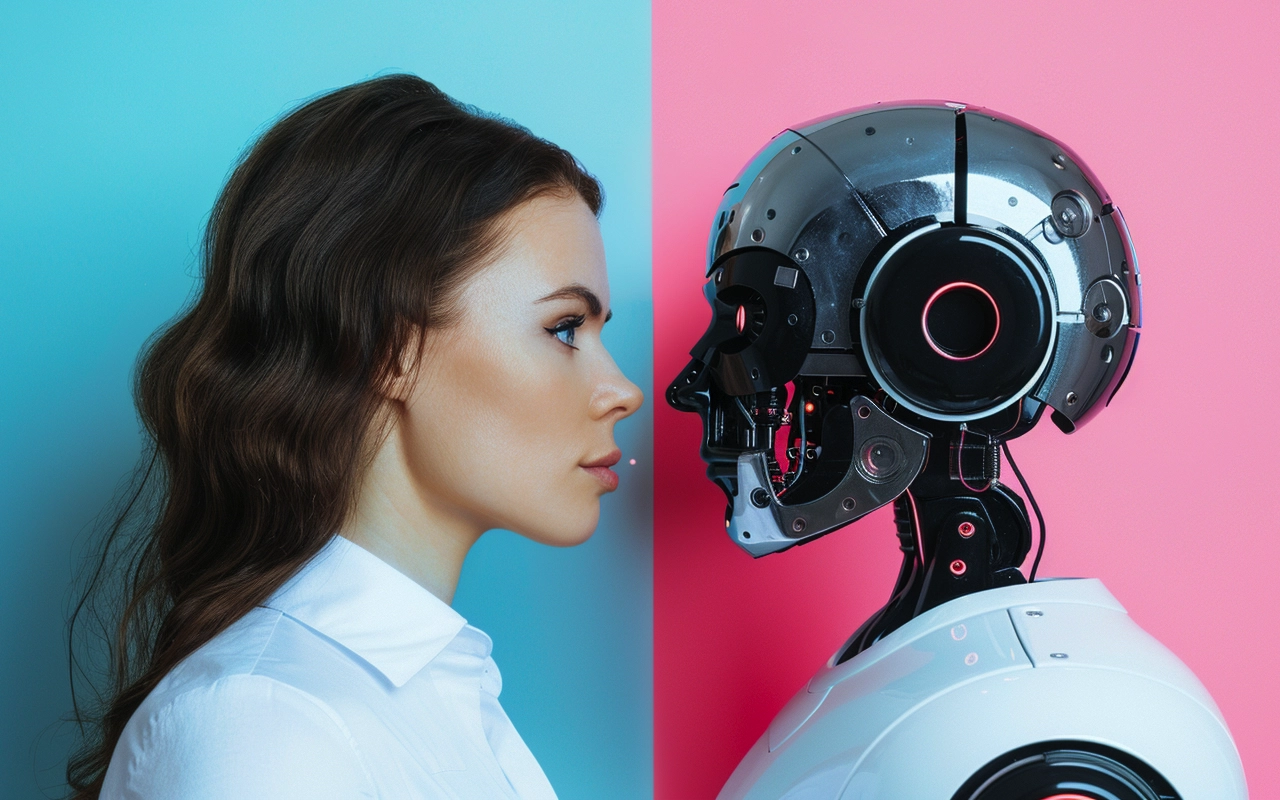
Conversational Voice AI, trained to speak your business.
 Build An Ai Agent
Build An Ai Agent

Table of Contents
We’ll bet that most people reading this have interacted with an AI assistant. Fewer would have interacted with an AI agent. So what’s the deal between AI agents vs AI assistants?
The terms artificial intelligence (AI), AI assistants, and AI agents are often used interchangeably, yet they represent distinctly different facets of AI technology. Both AI agents and AI assistants are powered by advancements in machine learning, natural language processing (NLP), and large language models (LLM) like OpenAI’s GPT, but they cater to different aspects of automation and user experience.
AI agents vs AI assistants
AI agents are intelligent systems designed to perform complex tasks autonomously. These agents, often embedded in environments such as self-driving cars or healthcare systems, leverage AI-powered algorithms to make decisions in real-time. Their purpose is to streamline operations, reduce human error, and manage workflows efficiently.
On the other hand, AI assistants, like Siri, Alexa, and Google Assistant, are more user-facing. These virtual assistants perform routine tasks such as setting reminders, handling customer support, or fetching relevant information. They excel in conversational AI, enhancing the customer experience by providing personalized interactions through messaging platforms.
Similar tech, different applications
The key distinction lies in their applications. AI agents are often employed in sectors where decision-making needs to integrate vast datasets, such as in healthcare for diagnosing diseases or in call centers to predict customer behavior. These agents rely on robust AI models and APIs that interact with extensive knowledge bases.
Conversational AI assistants, however, are primarily used in personal contexts or as digital assistants in professional settings like LinkedIn or Microsoft environments. They help manage emails, schedule meetings, or even provide suggestions using AI chatbots. Their integration into daily user interactions focuses on enhancing usability and accessibility.
Foundational AI
Both types of AI leverage generative AI, machine learning algorithms, and language understanding capabilities. AI agents might focus more on real-time decision-making and automating customer support processes, while AI assistants are geared towards improving personal assistant functions and user experience through natural language processing.
Predictions & advancements
The advancements in AI have been remarkable. Virtual agents and intelligent assistants have transformed from simple rule-based systems to complex entities capable of learning and adapting. ChatGPT and similar models have paved the way for AI systems that can understand context, make informed decisions, and even understand emotions to some extent.
AI-powered tools have become integral in streamlining tasks that once required extensive human effort. In healthcare, for example, AI agents are revolutionizing patient care by providing diagnostics and treatment plans based on predictive models. Meanwhile, in customer service, AI assistants are being used to enhance the user experience by quickly resolving queries through automated yet personalized responses.
Understanding the differences between AI agents and AI assistants is crucial for businesses and individuals looking to use AI effectively. Whether it’s automating complex tasks or enhancing customer interactions, AI is increasingly becoming a cornerstone of modern technological landscapes. As we continue to harness these tools, the potential for AI to reshape industries and improve lives seems boundless.
Perhaps a comparison table of AI agents vs AI assistants will help sum it all up
| AI Agents | AI Assistants | |
|---|---|---|
| Primary Function | Perform autonomous decision-making and handle complex tasks. | Assist users with routine tasks and information retrieval. |
| Interaction | Often operate in the background or in specific systems. | Direct interaction with users, typically via voice or text. |
| Decision Making | Make decisions based on complex algorithms and large datasets. | Make decisions based on predefined commands and user inputs. |
| Learning Capability | Can learn and adapt to new scenarios over time. | Limited learning capability, mostly to improve user interaction. |
| User Interface | Minimal or no direct user interface. | User-friendly interface designed for everyday use. |
| Examples | Tesla Autopilot, IBM Watson, OpenAI Five | Siri, Alexa, Google Assistant, Microsoft Cortana, Samsung Bixby |
| Usage | Specialized fields like healthcare, automation, and analytics. | General consumer use for personal assistance and smart home devices. |
| Complexity | High complexity in understanding and interaction with the environment. | Lower complexity, focused on ease of use and accessibility. |
| Focus | Efficiency and enhancement of technical or specific tasks. | User experience and personal productivity. |
Also, here’s the top AI agents vs AI assistants
| Top AI Agents | Top AI Assistants |
|---|---|
| Amazon Alexa – A voice-controlled virtual assistant that provides information, plays music, controls smart devices, and more. | Play.AI – PlayAI is an AI voice agent that can speak for your business. Once trained, it can handle IVRs, or any phone systems. |
| Google Assistant – A voice-activated assistant that can search the internet, schedule events, and interact with mobile devices and home automation. | IBM Watson – Used in diverse fields from healthcare for oncology diagnostics to finance for risk assessment and decision-making. |
| Apple Siri – Integrated into Apple devices, Siri handles tasks like making calls, sending texts, answering questions, and providing navigation. | DeepMind AlphaGo/AlphaFold – Famous for mastering games like Go and solving complex problems in protein folding. |
| Microsoft Cortana – Although primarily repositioned for enterprise applications, Cortana helps with productivity tasks in Microsoft’s ecosystem. | OpenAI Five – Demonstrates advanced strategic thinking and teamwork in multiplayer online games like Dota 2. |
| Samsung Bixby – Designed to assist with device management and local device tasks, Bixby integrates deeply into Samsung’s hardware products. | NVIDIA AI – Powers autonomous machines with capabilities in image processing, real-time decision making, and environmental interaction. |
What does an AI agent do?
What is the difference between an AI agents vs AI assistants?
What are AI assistants called?
What are the types of AI agents?
Similar articles

No-Code Chatbot: Build AI Chatbots Without Programming

How to Make an AI Voice Agent without any coding

What Is Gibberlink? The Most Comprehensive Guide

How Conversational Agents Improve Customer Experience

Everything You Need to Know About Conversational AI Agents
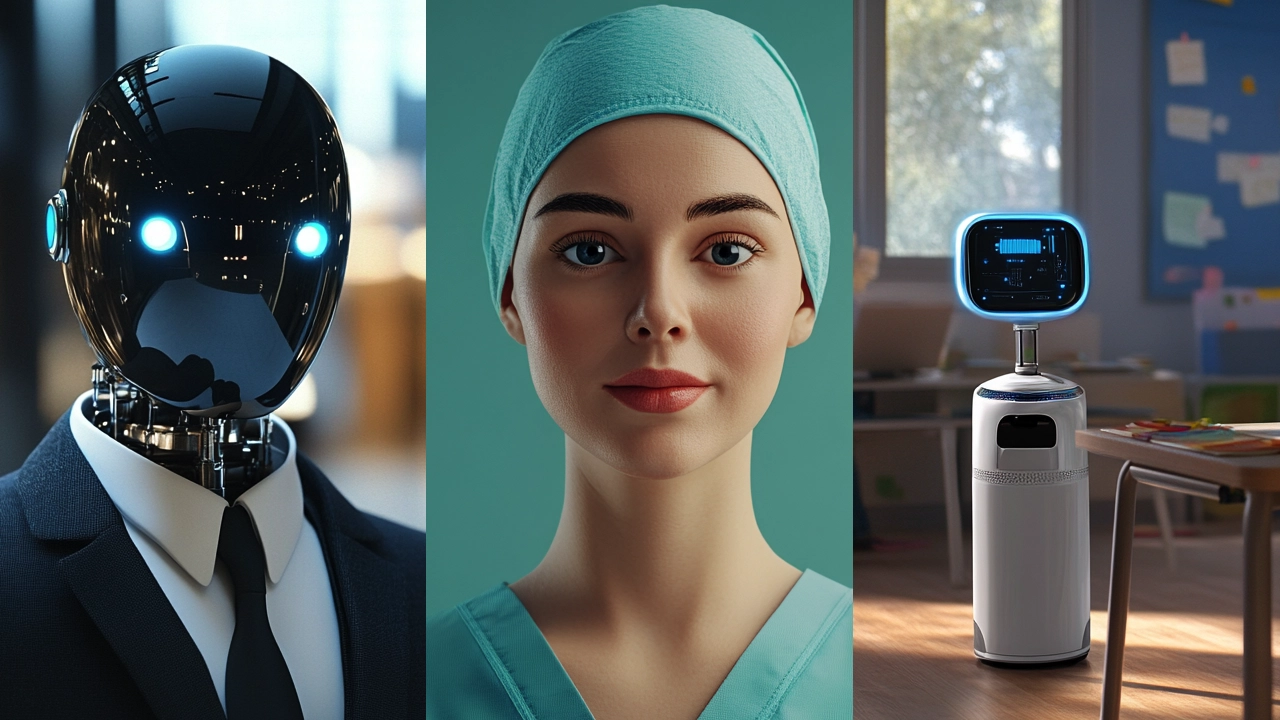
Best Use Cases for Conversational AI Agents

What is an AI Assistant

How to Make Your Own AI Assistant: No Code & API

Best AI Voice Agents for 2025

Introducing PlayDialog – A voice model built for fluid, emotive conversation

Introducing Play 3.0 mini – A lightweight, reliable and cost-efficient Multilingual Text-to-Speech model

Play Actions 1.0

Introducing Play AI – A Conversational Voice Interface for AI
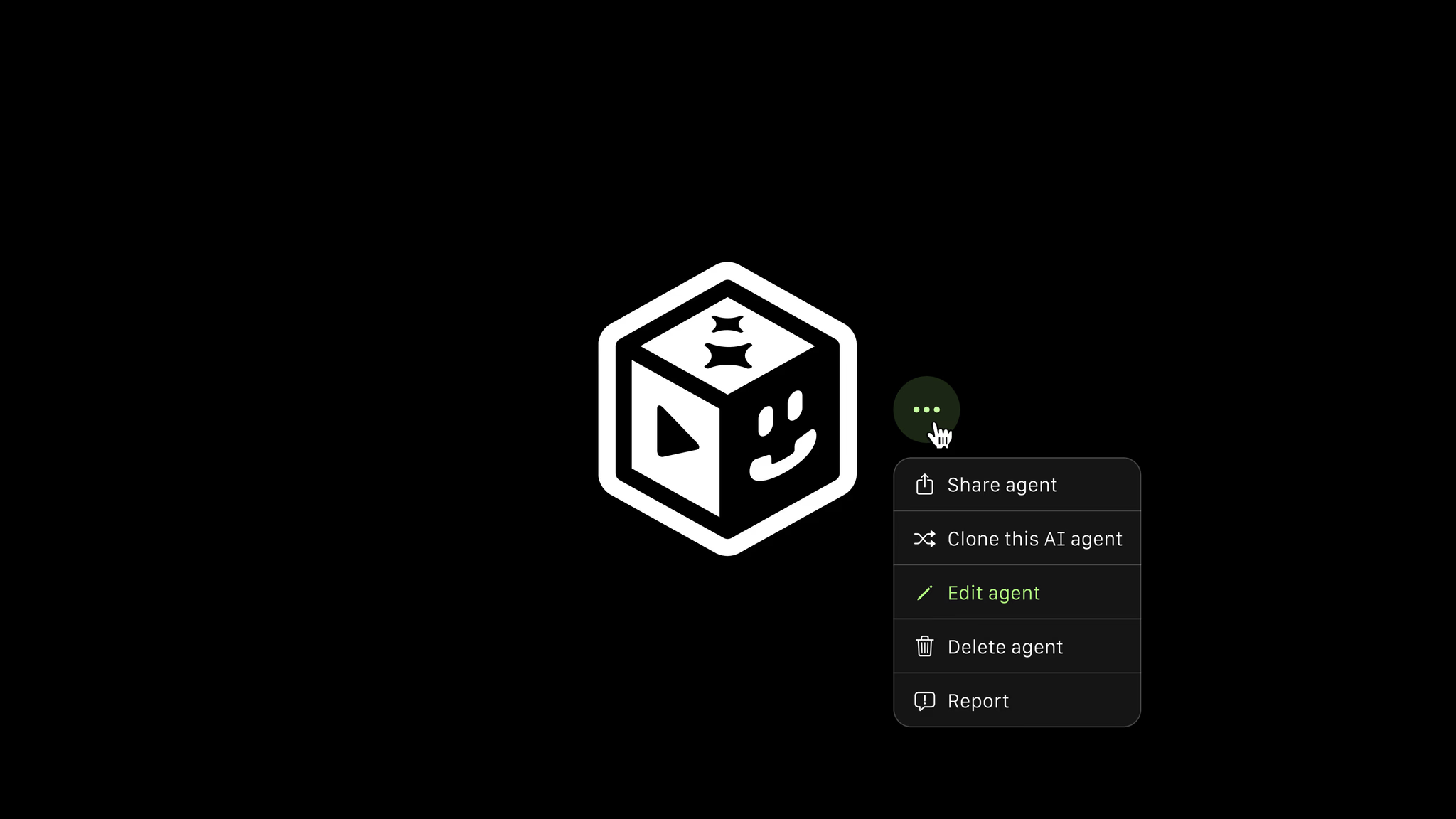
Create Agent Updates
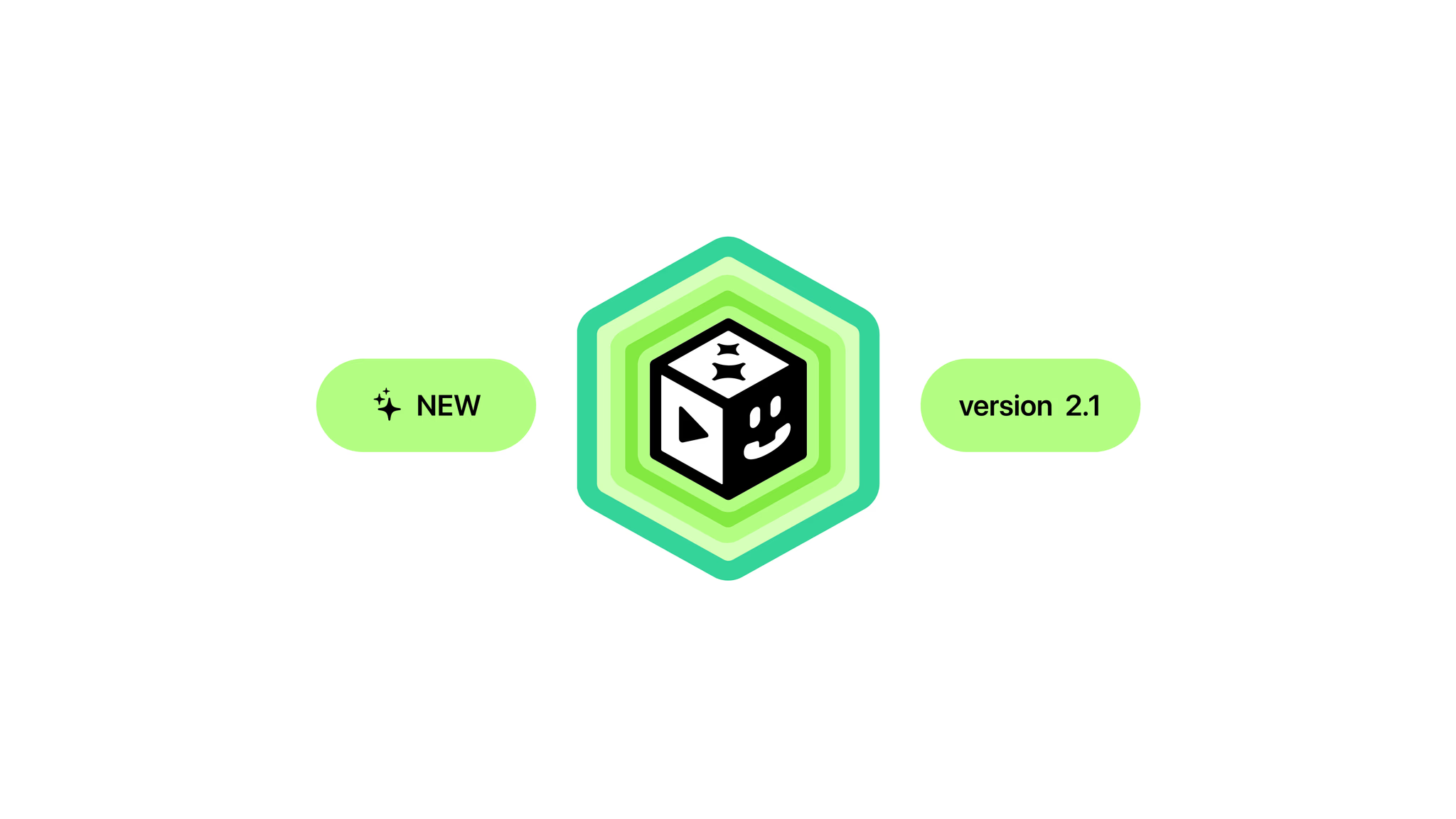
What’s New In Play.ai
